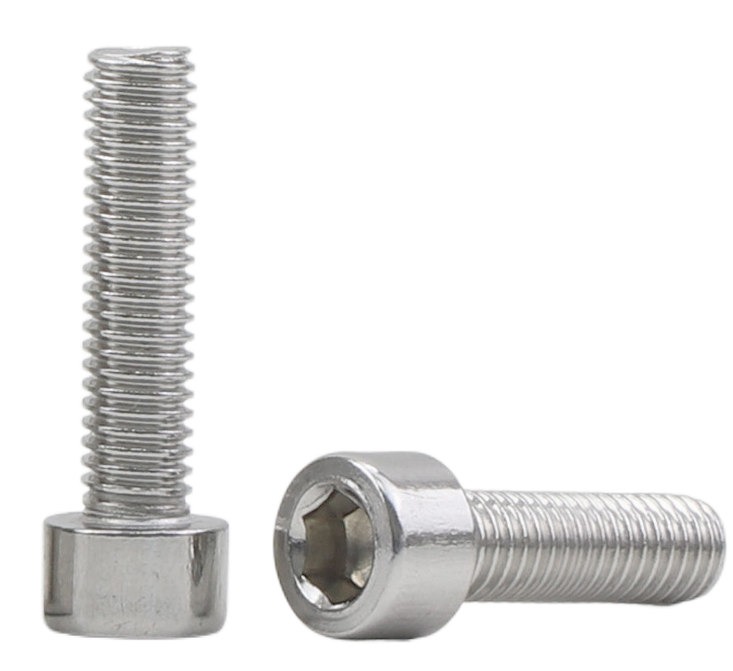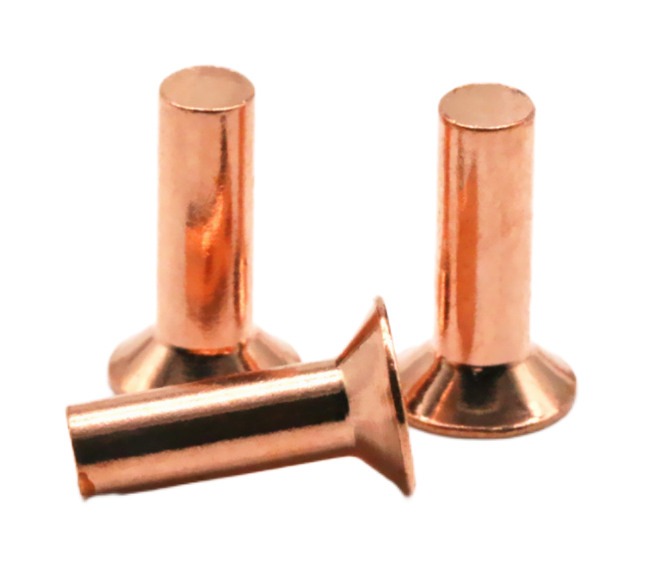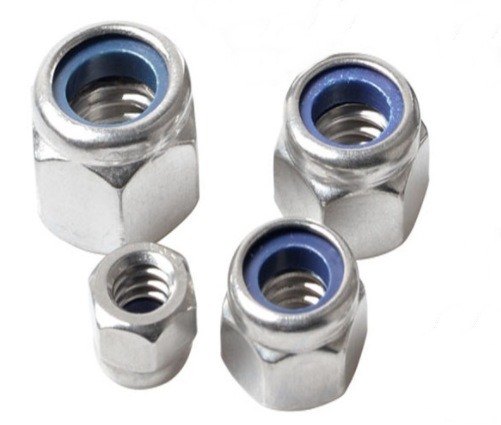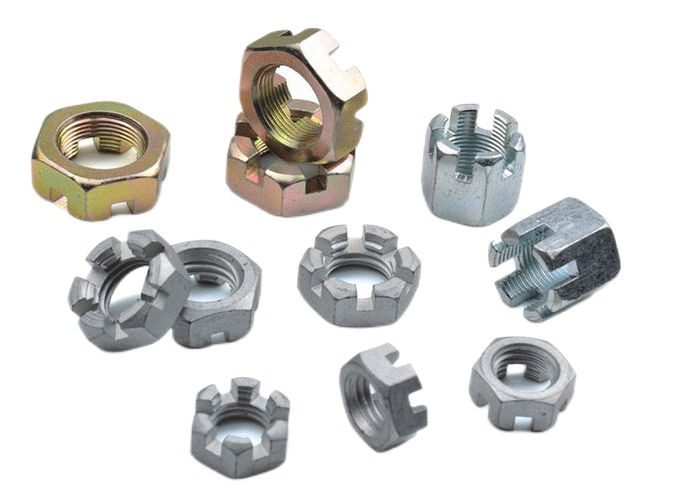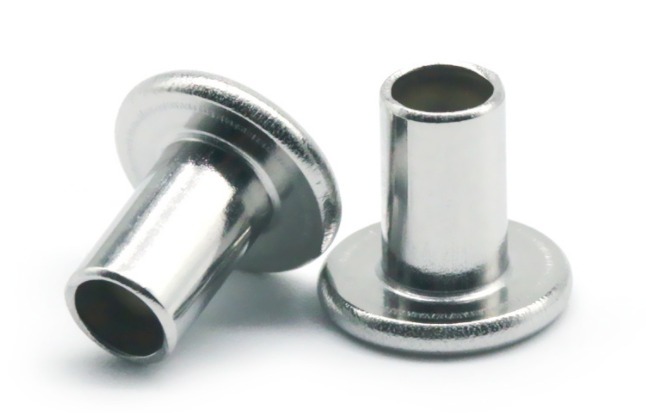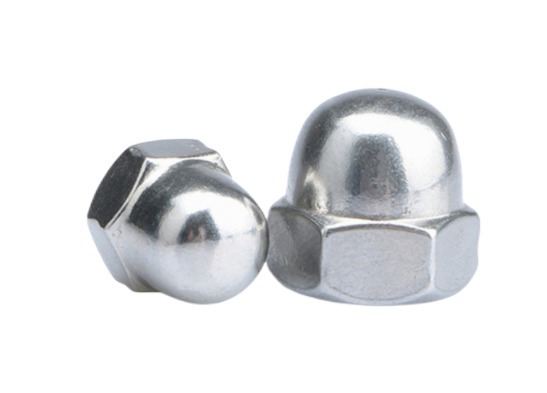What is Splay in Injection Molding?
Injection molding is a popular method of making plastic items with complex geometries and precise detailing. However, as with any manufacturing process, it may encounter a number of difficulties that have an impact on the end product’s quality. “Splay,” which refers to a specific flaw that emerges on the surface of molded objects, is a prevalent issue in injection molding. Splay can develop on both the inside and outer surfaces of molded parts, resulting in an ugly look and perhaps impairing the part’s operation. In this article, we will focus on the topic of what is splay in injection molding, exploring its causes, effects, and effective solutions to ensure high-quality injection molding products.
(plastic injection molding)
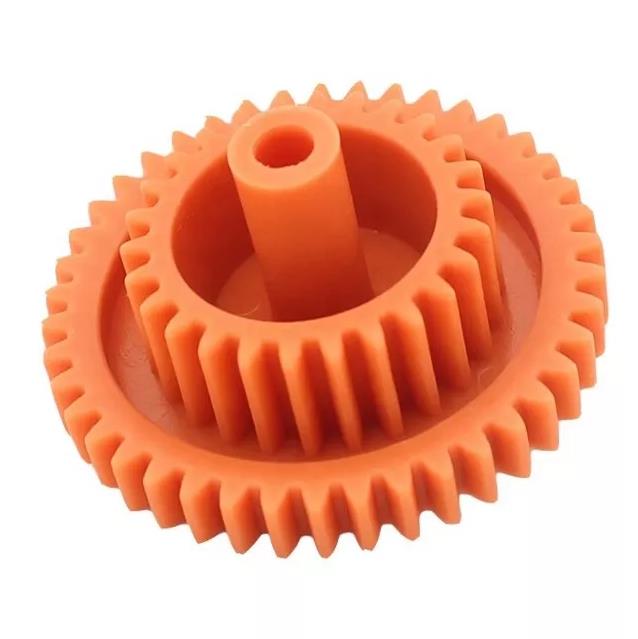
What are the Causes of Splay in Injection Molding
Splay happens during the injection molding process due to the presence of gas or vapor within the molten plastic. Splay can be caused by a variety of variables, and recognizing these sources is critical for resolving and preventing the issue.
Moisture Content in the Resin
Moisture is a major source of splay in injection molding. When plastic resins absorb moisture from their surroundings, vapor or steam bubbles can occur during the high-temperature melting and injection process. These vapor bubbles become trapped in the molten plastic, resulting in the production of silver streaks on the surface of the molded item as the resin cools and solidifies.
Resin Decomposition
When exposed to high temperatures during the injection molding process, certain plastic resins are prone to thermal breakdown or decomposition. This disintegration produces gases and byproducts, which can become trapped within the molten plastic. When the resin solidifies, the trapped gases leave streaks on the part’s surface, resulting in splay flaws.
Contaminated Resin
Foreign particles in the plastic resin, such as dust, grime, or other contaminants, can act as nucleation sites for gas bubble formation. As the plastic solidifies, these foreign particles cause areas of gas entrapment within the molten plastic, resulting in splay scars on the surface of the molded item.
Inadequate Drying of Resin
If the plastic resin is not thoroughly dried before the injection molding process, moisture or other volatile components may be retained. This moisture or volatile content might vaporize during molding, resulting in the production of gas bubbles and splay faults in the completed pieces.
Injection Parameters and Mold Design
Improper injection parameters, such as an overly high injection speed or pressure, can result in excessive shearing and air or gas trapping in the molten plastic. Inadequate venting in the mold design can also prevent trapped gases from escaping, causing splay faults.
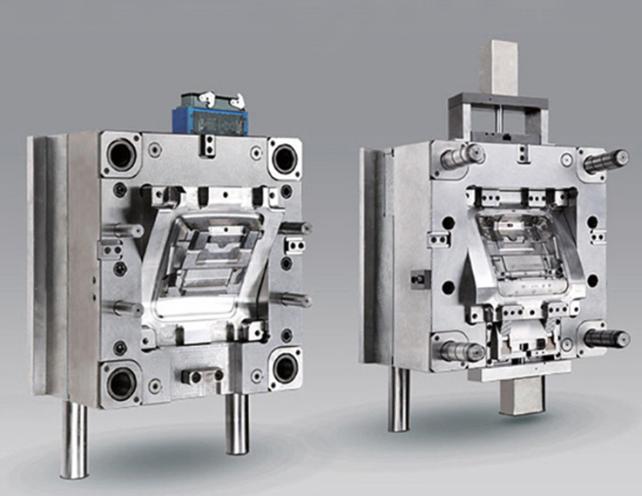
Material Incompatibility
Splay faults can occur when incompatible materials, such as unsuitable colorants or additives, are used. Incompatibility between the base resin and the additives might result in gas production and subsequent streaking on the part’s surface.
Machine and Mold Contamination
Gases can be introduced into the molten plastic by contaminants within the injection molding machine or the mold. The cleanliness of the machine and the mold is crucial for preventing splay faults.
What are the Effects of Splay in Injection Molding?
Understanding splay effects is critical for identifying and correcting underlying difficulties in the injection molding process.
Aesthetic Defects
The most visible effect of splay is the visual flaw it causes on the surface of molded objects. Splay occurs as silver streaks or veins on the surface, which can have a considerable impact on the end product’s overall appeal. Splay faults can render parts unfit for use or sale in areas where appearances are critical, such as consumer electronics or automobiles.
Weakened Mechanical Properties
Splay faults can also have an effect on the mechanical qualities of molded items. The existence of gas gaps or streaks within the plastic can cause structural weak areas, lowering the overall strength and integrity of the item. This can lead to reduced load-bearing capacity, increased brittleness, and potential failures under stress or load.
Dimensional Inaccuracies
Splay defects can cause variations in the dimensions of the molded parts. The presence of trapped gas can lead to uneven cooling and solidification of the plastic, resulting in warping or distortion of the part’s shape. This can lead to parts not conforming to the required dimensional tolerances, causing assembly issues or functional problems.
Reduced Productivity
Splay during injection molding might result in an increase in scrap rates. Defective parts must be discarded, resulting in waste and decreased output. Furthermore, the need for rework or changes in the injection molding process to remedy splay flaws might result in longer cycle times and worse overall efficiency.
Increased Production Costs
Manufacturers’ production costs may rise due to the presence of splay faults. The cost of creating acceptable parts is increased by scrap rates and rework efforts. Furthermore, the requirement for rigorous examination and sorting of parts in order to identify and separate defective ones might raise labor expenses.
Impact on Brand Reputation
Splay flaws can have a substantial impact on brand reputation in businesses where aesthetics and product quality are important. Delivering parts with splay flaws on a regular basis can result in customer discontent, poor evaluations, and a tarnished business image.
Quality Control Challenges
Detecting and correcting splay flaws can be difficult in quality control. Splay can be intermittent, appearing just in specific production runs or in specific regions inside the mold. Identifying the core cause of splay and putting corrective measures in place can necessitate extensive investigation and testing.
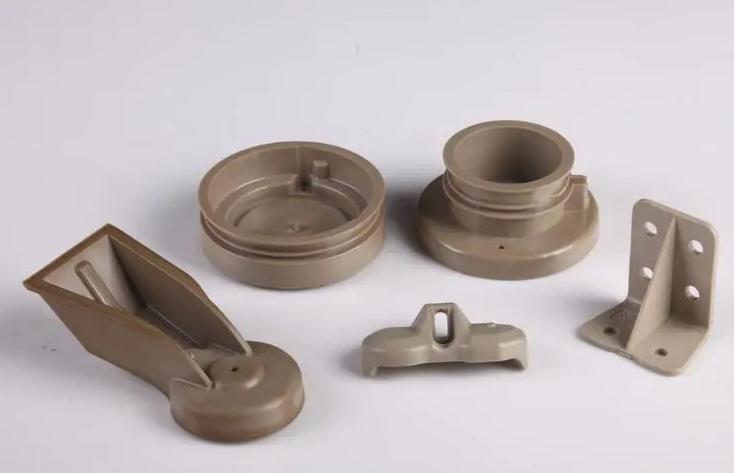
What are the Effective Solutions to Prevent Splay in Injection Molding?
Manufacturers can drastically decrease or eliminate splay flaws and ensure the manufacturing of high-quality molded components by using the following strategies.
Proper Resin Selection
It is critical to select the right resin for the injection molding process. To reduce the occurrence of trapped moisture or gases that can induce splay, resins with reduced moisture absorption rates are preferable. Additionally, employing lower viscosity resins can help to reduce the possibility of splay faults.
Resin Drying
It is critical to thoroughly dry the resin prior to the injection molding process to remove any moisture content. Moisture in the resin can evaporate during the injection process’s high temperatures and pressures, resulting in splay flaws. A dehumidifier or a desiccant drier can assist in keeping the resin dry and free of moisture.
Mold Design and Venting
To avoid splay flaws, proper mold design and ventilation are essential. In regions where trapped gases are likely to occur, the mold should have enough vents. Adequate venting permits gas to escape during injection, lowering the possibility of gas pockets accumulating in the molded part.
Injection Parameters
Optimizing injection parameters can also aid in the prevention of splay faults. To reduce the possibility of gas entrapment and to ensure consistent filling of the mold cavity, manufacturers should modify the injection speed, pressure, and temperature.
Injection Speed and Pressure
Slower injection speeds and lower injection pressures can help lessen the possibility of gas entrapment and splay. However, striking a balance is critical to ensuring complete mold filling without producing flow-related problems.
Cooling System
To enhance homogeneous solidification of the plastic material and reduce the possibility of splay faults, an efficient cooling system is required. Proper cooling channels in the mold assist in controlling the cooling rate and preventing uneven cooling, which can result in splay.
Mold Maintenance
Mold maintenance and cleaning should be done on a regular basis to avoid splay faults. Mold surfaces should be kept clean and clear of impurities that can cause splay faults. Any mold components that are broken or worn out should be fixed or replaced as soon as possible.
Gas-assisted Injection Molding (GAIM)
In some circumstances, utilizing gas-assisted injection molding can be a good way to avoid splay flaws. GAIM entails injecting gas into the plastic material during the molding process, which aids in the reduction of gas pockets and splay faults.
Quality Control and Inspection
Implementing stringent quality control procedures and inspection protocols can aid in the early detection and correction of splay problems. Regular examination of molded parts can assist in identifying any deviations from quality standards and allow for rapid corrective action.
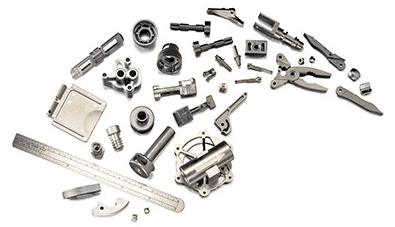
Summary
Splay is a frequent visual flaw that can develop during the injection molding process. Manufacturers can successfully prevent splay errors and ensure the production of high-quality injection molding parts by identifying the reasons and applying appropriate remedies.

